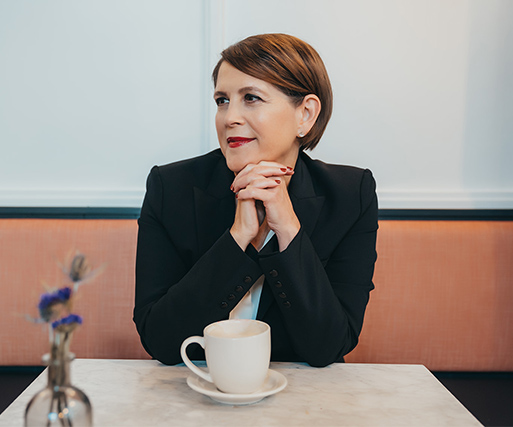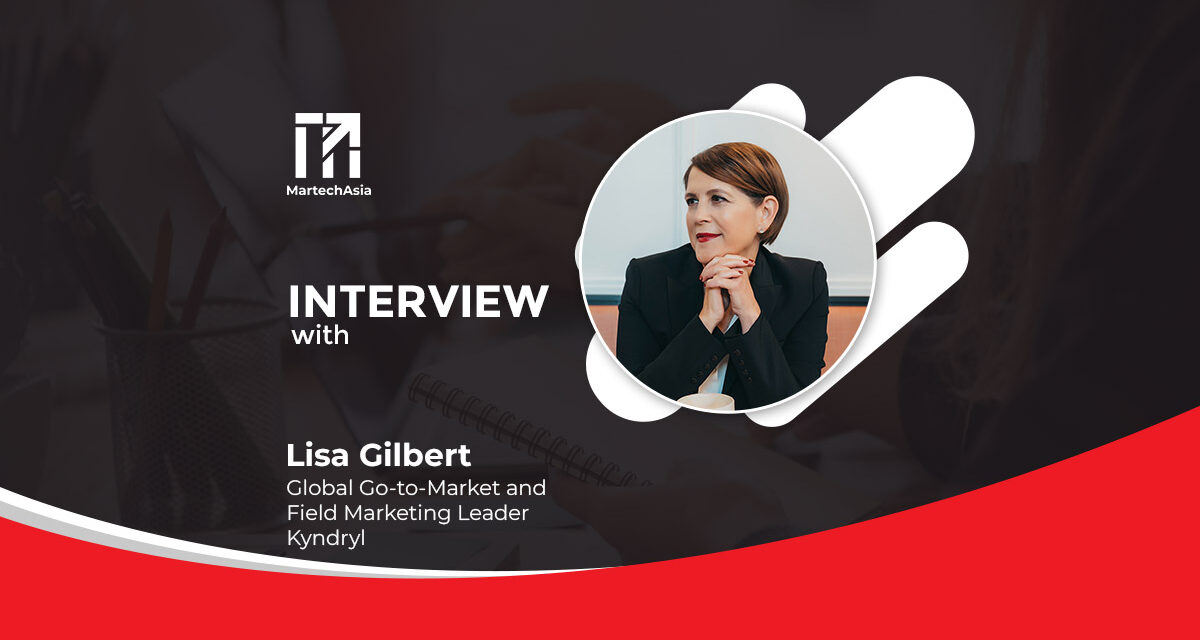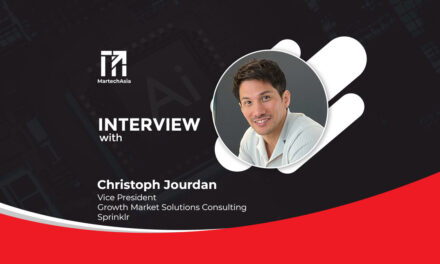Insights into branding spin-offs and how APAC companies can incorporate them for successful marketing.
In a world where the business landscape is continually evolving, brand spin-offs are an integral part of the strategic business decision. These offer freedom to explore uncharted territories, expand the ecosystem, and stimulate growth in new markets. In an exclusive interview with Lisa Gilbert, Vice President, Global Marketing, Kyndryl, we hear from her experience of being a part of a successful spin-off. Lisa sheds light on the lessons she’s learned from launching a new brand from a mere concept to a market reality.
What are the marketing/branding lessons you learned during the spin-off process?
Gilbert: Every spin-off is different and will inevitably have its own special sauce that sets its culture, workflows, and identities apart from the rest. Here are my personal learnings from the last two years since embarking on this journey with my team to establish the Kyndryl brand.
-
Be bold and ‘pitch a big tent’
Our mission is to be the Heart of Progress™ by helping customers unlock innovation through digital transformation—regardless of the technology or service needed. This bold statement was central to carving a space for ourselves and establishing Kyndryl’s place in the industry.
Our mission empowers our people to deliver what customers most need to modernise their businesses. In ASEAN, we have continued to assist Singapore Airlines (SIA) for nearly two decades with a relentless drive to provide them with infrastructure services, end-user services, and hybrid cloud infrastructure services needed to evolve alongside complex circumstances.
Another example is Dow Chemical, a multinational materials science company with presence in the ASEAN region. Together with Nokia, we worked with Dow to fully deploy and scale a private wireless and edge network at its largest integrated chemical manufacturing complex in the Western Hemisphere. Our IT solution helped Dow modernise by reducing operations and maintenance man-hours, and increasing worker safety and efficiency.
-
Empower all to ‘walk the walk’
Taking a stand matters. We wanted our culture to be rooted in taking action, which is why we created our brand principles – restless, empathetic, and devoted. As we’ve worked to shape our new culture and empower our teams, we are making sure we spotlight and celebrate employees who have adopted and are exemplifying our new leadership behaviors.
-
Cultivate brand ambassadors
Our employees are the heart of Kyndryl’s progress as a business. They are the ones who bring our brand promise to life. So we worked hard to activate our base of approximately 90,000 Kyndryl employees, give or take, in more than 60 countries around the world.
We spent a lot of time educating our team on what it means to live “on brand”, cultivating every team member to become ambassadors of Kyndryl. This meant educating them on the intention behind each part of our brand – from our name Kyn (Kinship) + Dryl (tendril), to our color palette based on the warm red color (which indicates vibrancy and modernity), to our tagline, The Heart of progress™ so that they could share and amplify our brand as it was designed to be.
-
Build trust by going local
Every touchpoint makes a difference in building brand awareness. It was, therefore, critical for us to think global but act local. While we had established our mission, company principles and brand guidelines, we provided enough room for our various offices across the world to reflect the local culture.
In this way, we continue to stay connected and remain trusted by customers globally, while enabling our local teams to embrace and localise the brand to their markets.
-
Never too young to evolve and ‘go big’
We take pride in being the “largest start-up” in the world. We just hit our two-year mark as an independent company, but, despite our young age, we’re focused on continuous improvement and evolution to stay ahead of the curve. This means charting long-term plans across all functions and continuously anticipating where the market is going and what our customers want.
How can spin-offs establish a fresh identity separate from their parent companies?
Gilbert: For us, stepping away from our parent company gave us the opportunity to operate with great agility, flexibility, and customer focus, while offering the financial independence to pursue strategic priorities.
For Kyndryl, we looked at our parent company’s brand attributes and mapped these against the ones that we aspired to stand for. This meant asking ourselves a lot of tough, but honest questions, including what we needed to leave behind to start anew.
In our case, key tenets like “trust” and “expertise” were something that we have retained from our parent company. With the support of the thousands of brilliant technical minds we brought with us, we’ve kept our mission to solve our customers’ biggest business problems.

Driving the change we would like to see as an independent company helped us focus on the things that matter most to our employees, our customers, and our business. That came with replacing legacy systems with new ways of working to operate as a more nimble team. After working through this exercise, our brand identity became much clearer, forming the backbone of how the company will be marketed and portrayed to the world.
How can APAC companies incorporate both people and culture into spin-offs’ marketing/branding efforts?
Gilbert: Spinning off a company and establishing our own brand is no easy feat. Building a distinctive culture and capturing it in a concrete brand identity is a continuous, yet highly rewarding process. The real opportunity lies in rallying employees and building belief and trust with our customers.
For us at Kyndryl, our business transformation is intertwined with our cultural transformation. We are in a unique position as a newly spun-off company that is actively working to foster a culture that is restless, empathetic, and devoted to our people and our customers.
To integrate our new culture and our people better together, we have created and articulated a unifying vision we called “The Kyndryl Way”. We built this as a team globally with employee participation from across more than 60 countries. Nearly every Kyndryl employee weighed in to help build our future. From here, we wanted to be consistent in how we engaged with one another and how we show up for our customers, so we developed Leadership Behaviors that align with The Kyndryl Way.
This experience is unique to Kyndryl. For other companies out there that are working to leverage their culture and motivate their people, I’d say to listen deeply and empathetically to what their employees need and what their companies need. Organisations are as good as their cultures, so it is important to invest the time to get this right.


















